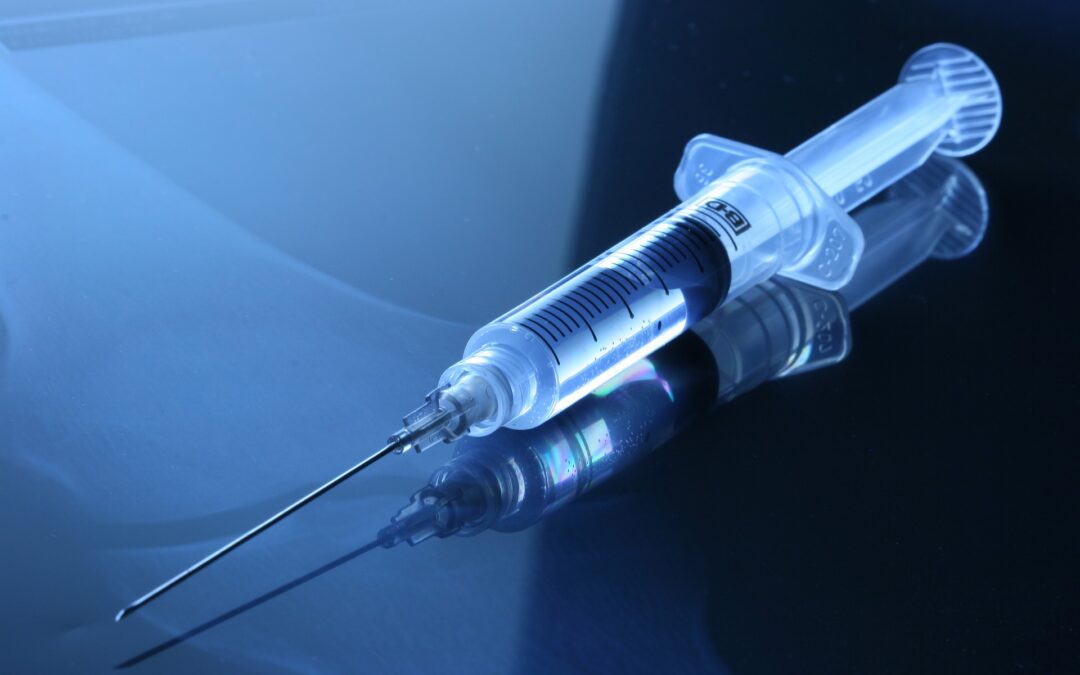Platelet-rich plasma does not improve clinical results in patients with rotator cuff disorders but reduces the retear rate. A systematic review and meta-analysis
Feltri P, Gonalba GC, Boffa A, Candrian C, Menon A, Randelli PS, Filardo G. Knee Surg Sports Traumatol Arthrosc. 2022 Dec 11. doi: 10.1007/s00167-022-07223-9. Epub ahead of print. PMID: 36496450.
Take-Home Message
Including platelet-rich plasma (PRP) with a rotator cuff surgery reduced retear rate compared to surgery without PRP. However, PRP had no other clear clinical benefits during conservative or surgical treatment.
Background
Rotator cuff injuries are common injuries that can be treated with numerous conservative or surgical treatment options; however, these options are not always effective and can result in persistent symptoms or retear. Platelet-rich plasma (PRP) has gained interest due to its high concentration of proteins involved in the healing process and its low rate of adverse effects. There is mixed evidence regarding PRP’s efficacy in reducing pain, increasing function, and decreasing the risk of retear. Hence, a systematic review may help shed light on PRP’s role in treating people with rotator cuff disorders.
Study Goal
The authors conducted a systematic review and meta-analysis to evaluate the efficacy of PRP in terms of functional improvement, pain reduction, and retear rate following conservative or surgical treatment of rotator cuff disorders.
Methods
An initial database search yielded 1,229 articles, and the authors then identified 36 eligible clinical trials for the systematic review. The authors then used 18 of those trials for the meta-analysis. The inclusion criteria required a randomized trial (published in English) to include specific outcomes (functional scores, pain scores, and retear rate) and the use of PRP among people receiving conservative or surgical treatment of a rotator cuff disorder. The authors extracted 1) publication information (e.g., authors, journal), 2) population characteristics (age, sex, type of lesion, tendon involved), 3) tear characteristics (type of lesion, tendon(s) involved), 4) PRP characteristics, 5) repair technique (if applicable), 5) follow up [split into short term (<6.5 months) and long term (>12 months)], and 6) clinical outcomes.
Results
The 36 clinical trials included 2,443 participants (~49% female, ~54 years of age, ~16 months follow up). Of the 36 randomized control trial articles, 16 examined PRP within the context of conservative treatment, and 20 examined PRP within the context of surgical treatment. The authors could not do a meta-analysis among the trials with conservative management because they varied too much in outcomes, number of PRP injections, PRP volume used, and alternative treatments provided (e.g., corticosteroids, saline, exercise, or physical therapy). Generally speaking, PRP had mixed results with pain and function compared to other conservative treatments. Nineteen of the 20 surgical studies were included in the meta-analysis. The authors found no differences in self-reported pain or function between participants receiving surgery with or without PRP. The patients that received PRP and surgery had a retear rate of ~7%, whereas the control group had a retear rate of ~14%.
Viewpoints
PRP may be an effective treatment with rotator cuff surgery to reduce the risk of a retear compared with surgery without PRP. Interestingly, the PRP failed to offer better self-reported pain or functions than surgery alone. Unfortunately, it remains unclear whether PRP decreases pain and increases function in conservatively managed people. When a clinician looks at the various trials among people conservatively managed, the clinician needs to consider what the other treatment group received, the PRP protocol, and the follow-up visits. Clinicians should focus on the trials that reflect their PRP protocol (or what they can offer) and patient population as well as consider whether they want to see how their results compare to usual care, placebo, or an active intervention (e.g., corticosteroid). Finally, it is worth remembering to focus on differences between groups in a clinical trial. This comparison is the only one that takes advantage of why we want to randomize people into different groups. Results that examine changes over time within a group may be influenced by placebo effects, regression to the mean, or other factors unrelated to the treatment.
Clinical Implications
The use of PRP could decrease the risk of retear if implemented along with surgery. If a patient is receiving conservative management, clinicians can look for specific studies that simulate their practice and treatment goals to help patients decide. However, patients receiving conservative care should also understand that the evidence for PRP is murky, but the risk of adverse events is low.
Questions for Discussion
Have any of your patients received PRP injections? If so, what were their thoughts? Would you use or recommend PRP therapy?
Related Posts
- Common Medications May Impact PRP Efficacy
- The Positive Effects of Different Platelet-Rich Plasma Methods on Human Muscle, Bone, and Tendon Cells
- Platelet-Rich Plasma Falls Short Compared with Exercise Therapy
Written by Jane McDevitt
Reviewed by Jeffrey Driban


